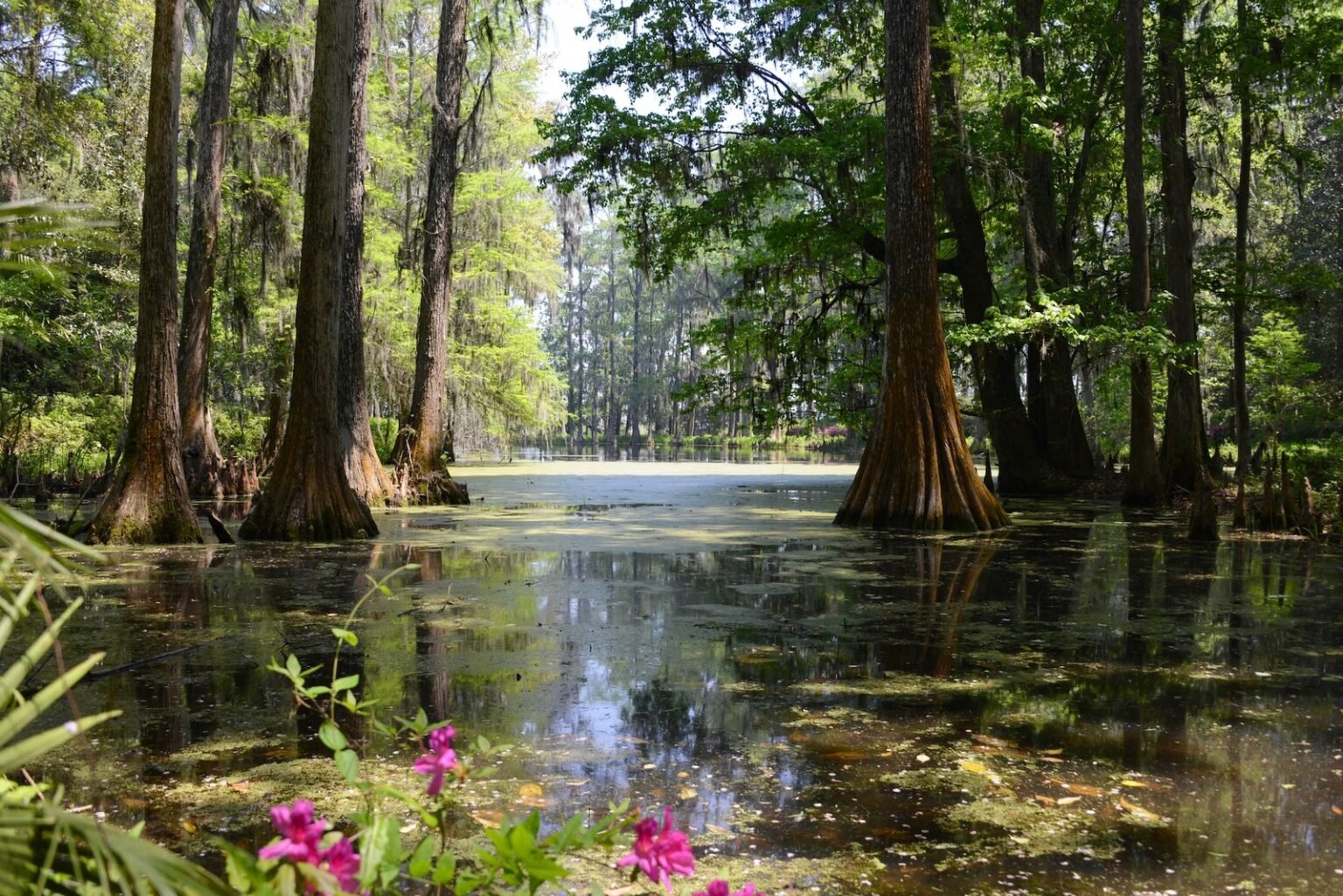In the article, the author reflects on the universal fascination children have with water, whether it’s a running creek, meandering river, buzzing pond, or echoing swamp. Water, in its various forms, captivates the imagination of children, drawing them to explore its mysteries. Even toddlers, initially intimidated by the vastness of the ocean, find joy in splashing in tidal pools and interacting with water on a smaller scale.
The recent heavy rains in Nashville, following months of drought and freezing temperatures, provided a vivid backdrop for the author’s contemplation. The rivers swelled, creeks roared, and the landscape transformed into a muddy haven for children who transitioned from snowy hills to luscious mud. The article emphasizes the interconnectedness of the natural world, highlighting how the parched earth, once subjected to severe drought and frost, eagerly responded to the replenishing rains.
The author intertwines this observation with the broader context of climate change, prompted by the designation of Feb. 2 as World Wetlands Day by the United Nations. Wetlands, crucial ecosystems, face increased threats in the United States compared to a year ago. The article emphasizes the need for a deeper understanding of the significance of these damp and spongy landscapes to the overall structure of the environment.
Throughout the narrative, the author weaves together the imagery of children playing in water, the recent weather events, and the broader ecological concerns. The juxtaposition of the joyous, muddy escapades of children with the serious discussion about the vulnerability of wetlands creates a poignant narrative that encourages readers to reflect on the delicate balance of the natural world and the impact of human activities on these vital ecosystems.







